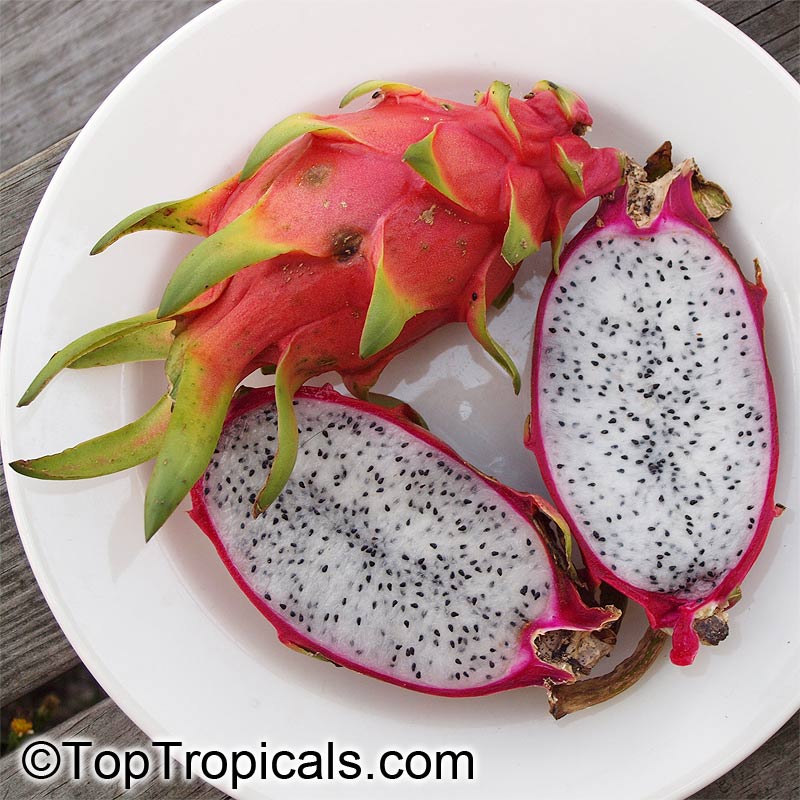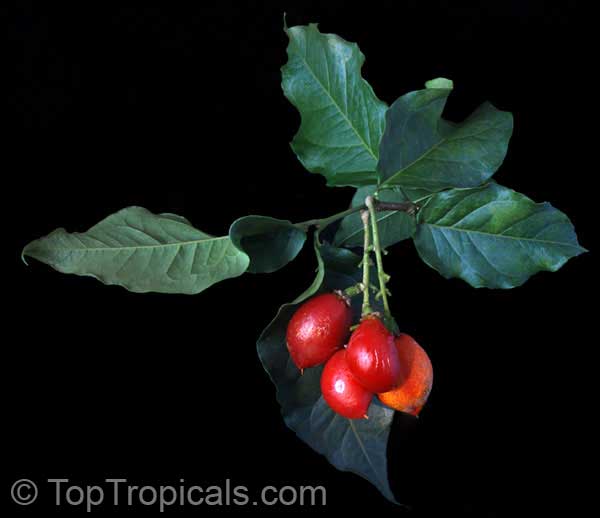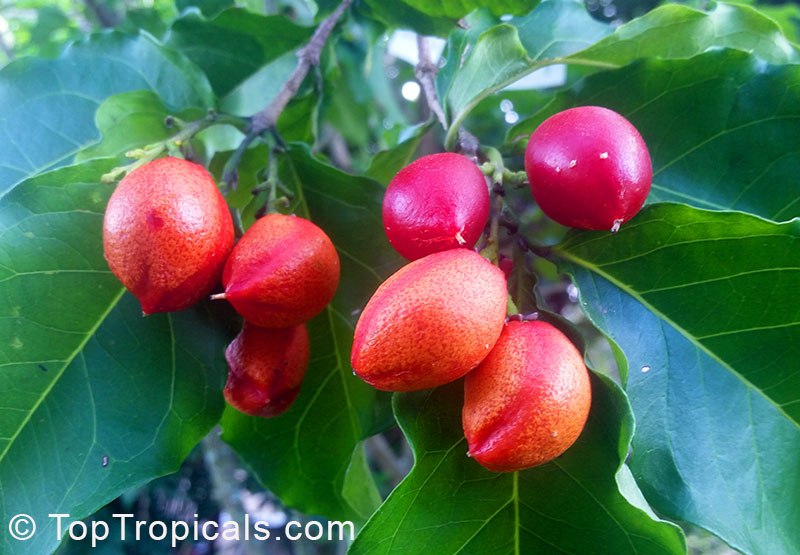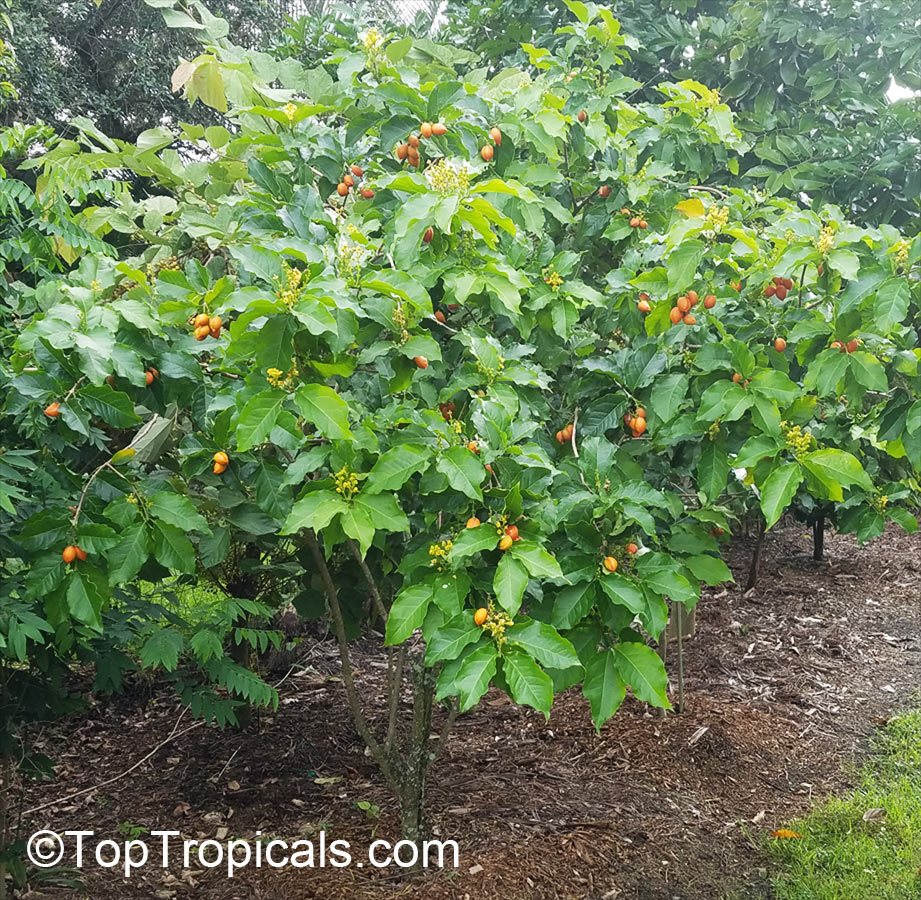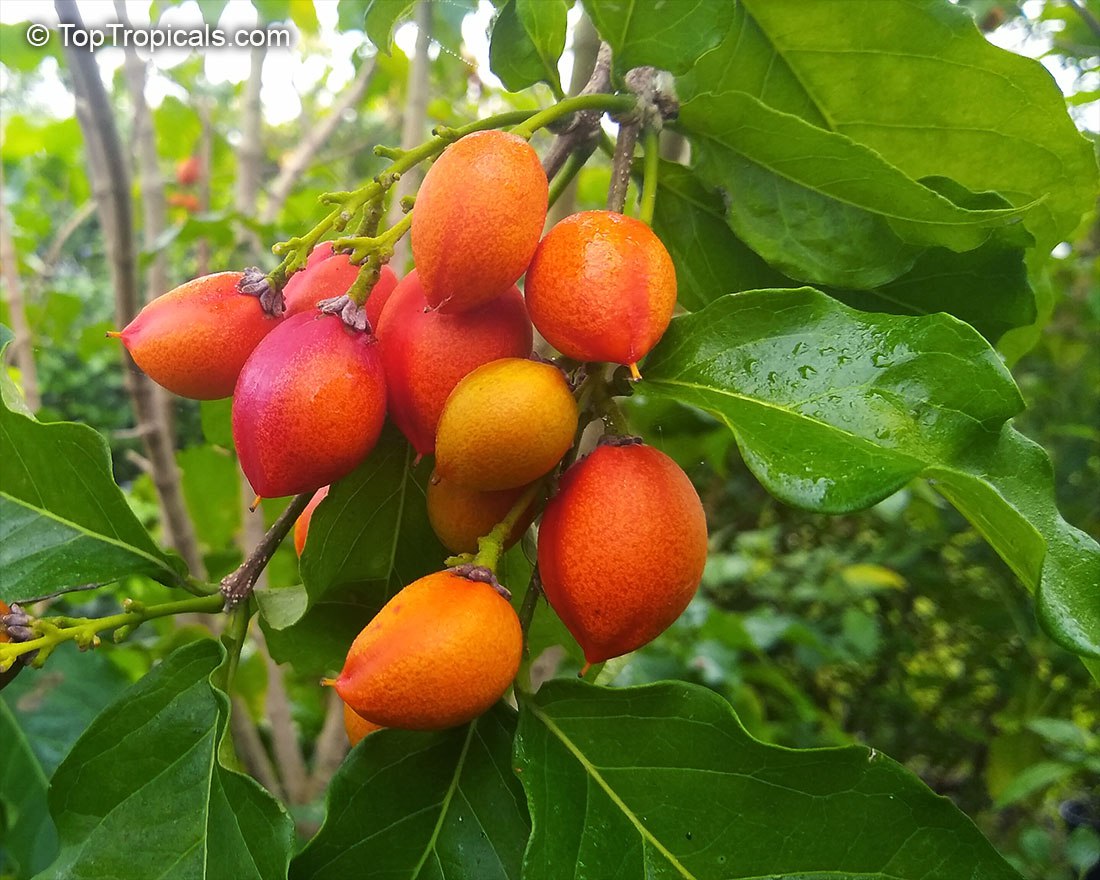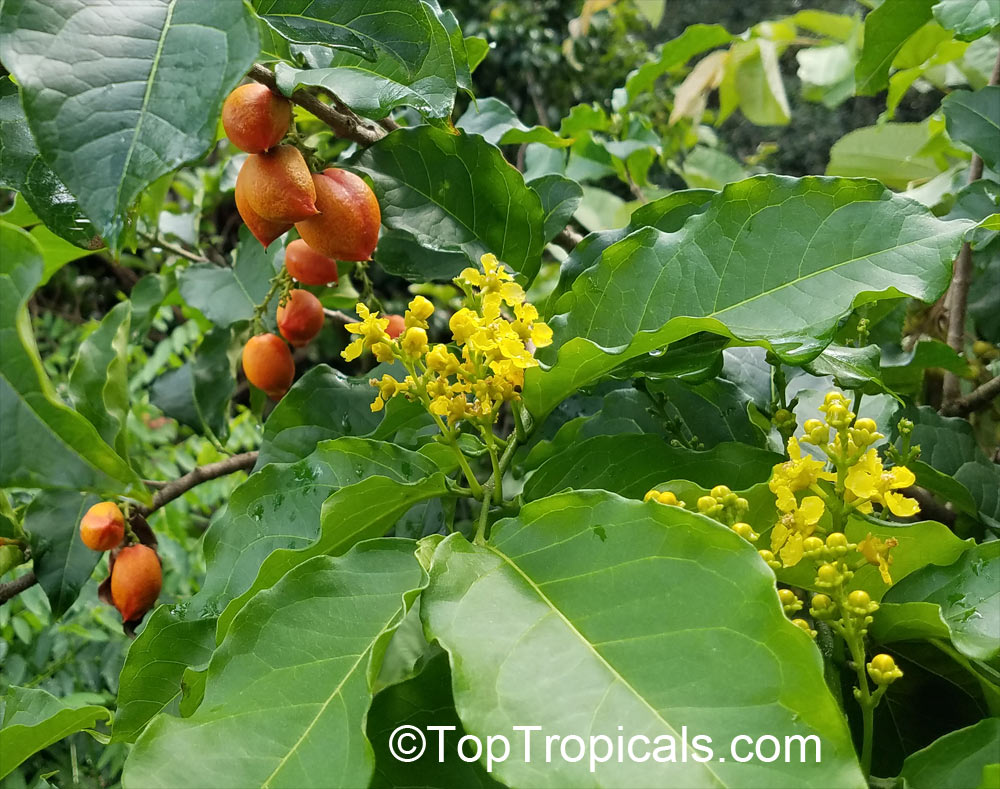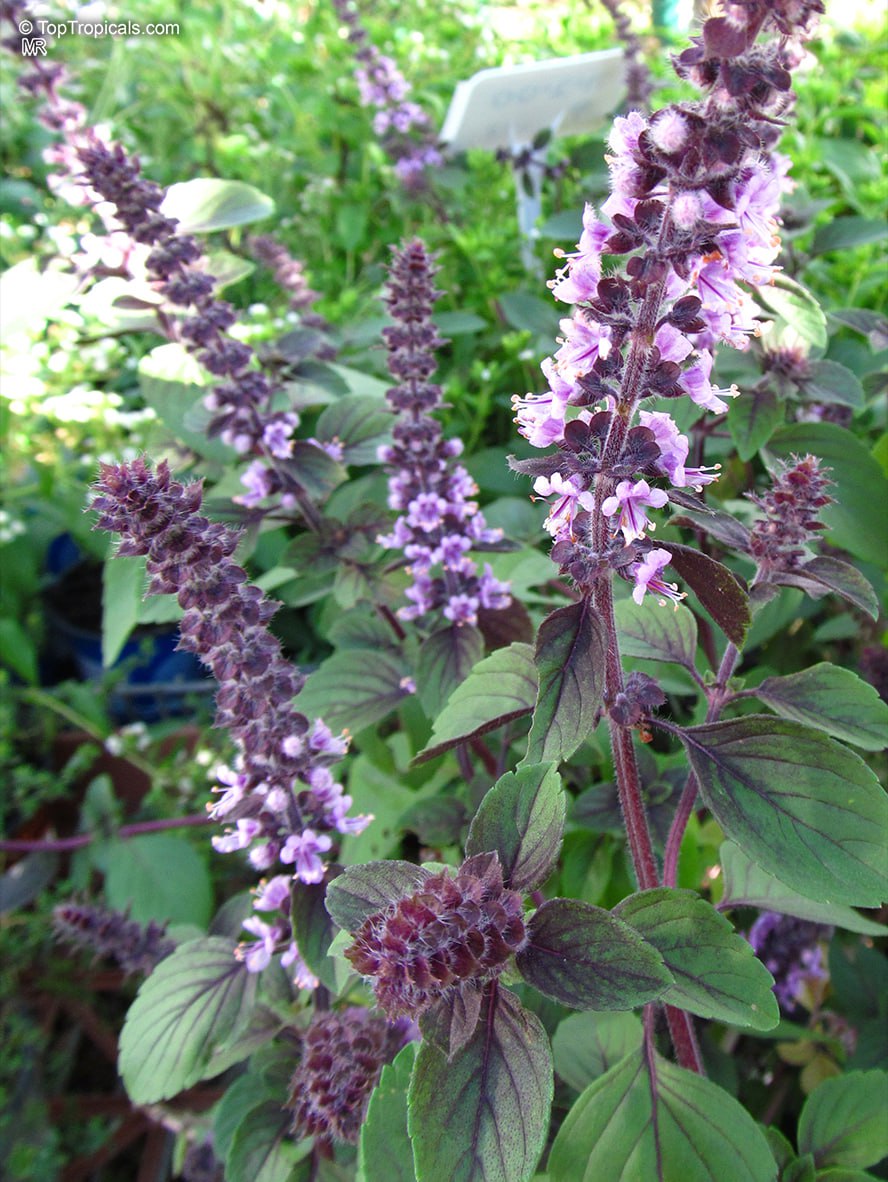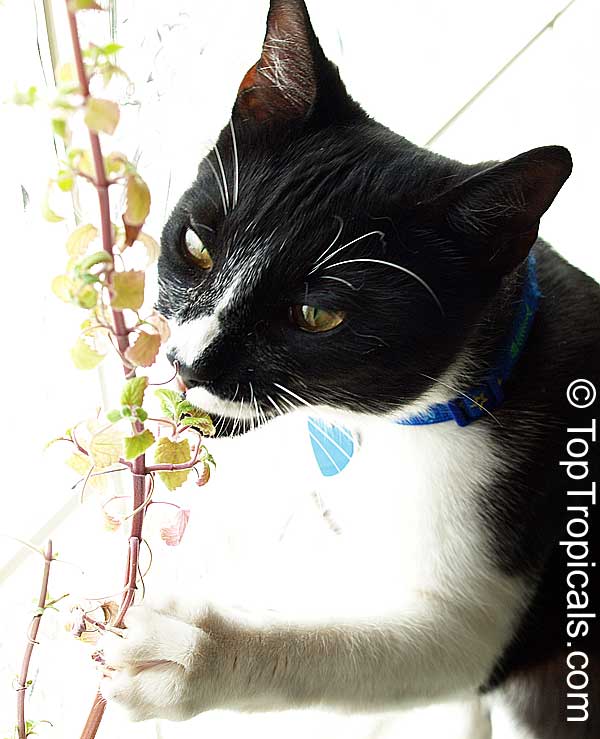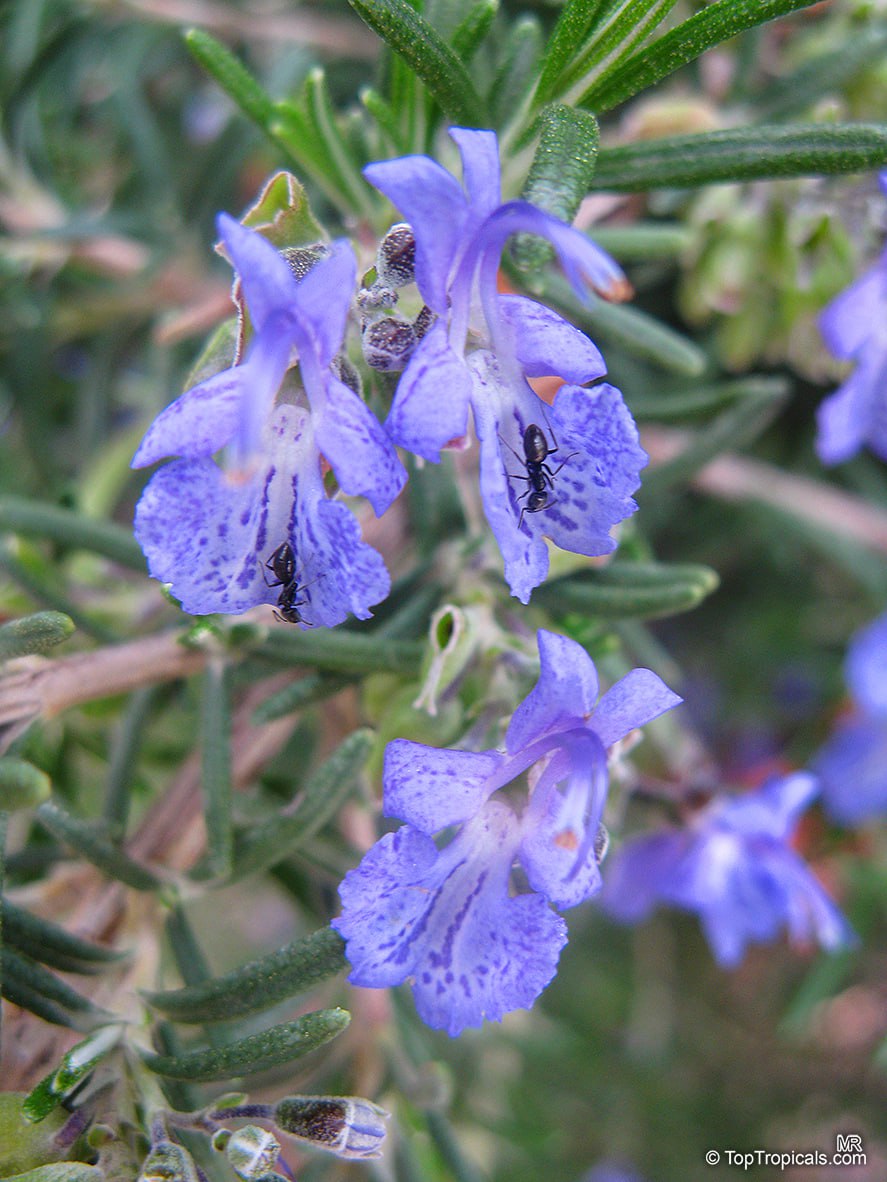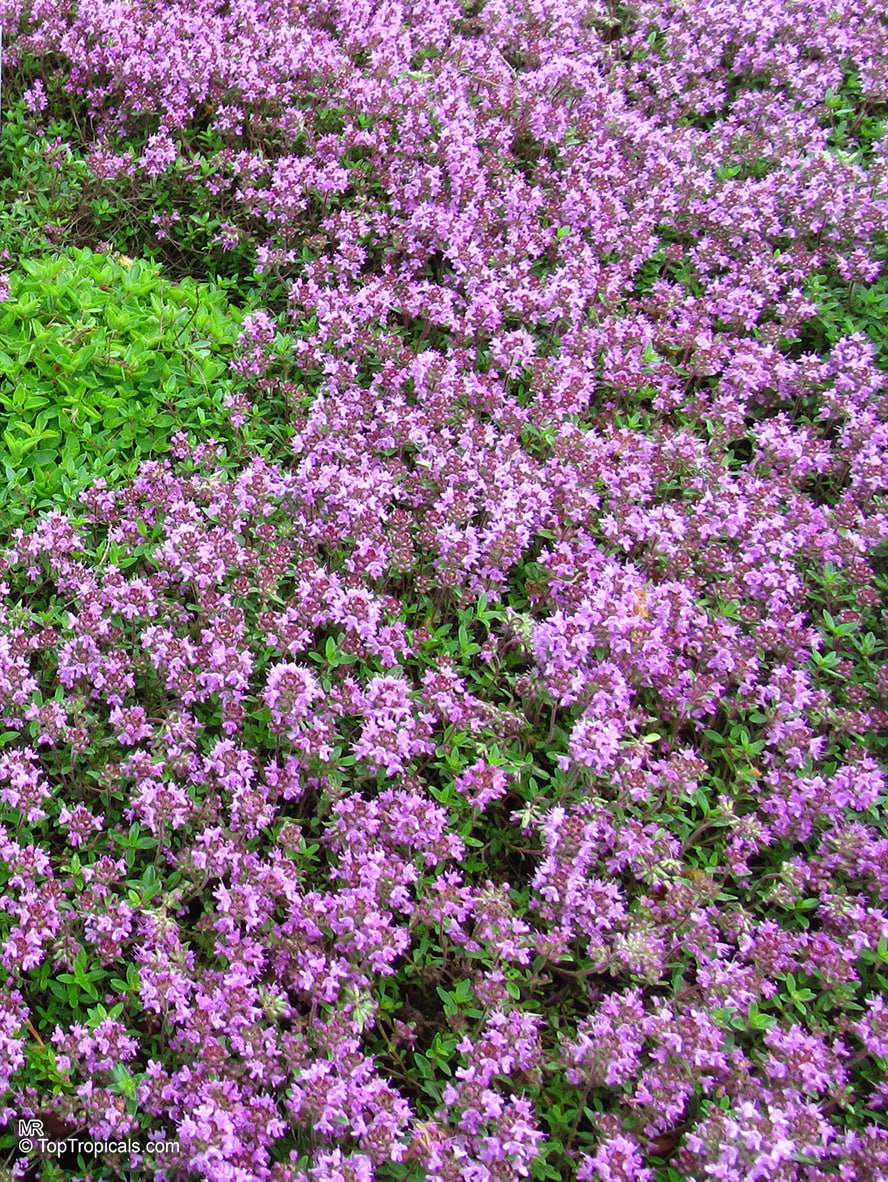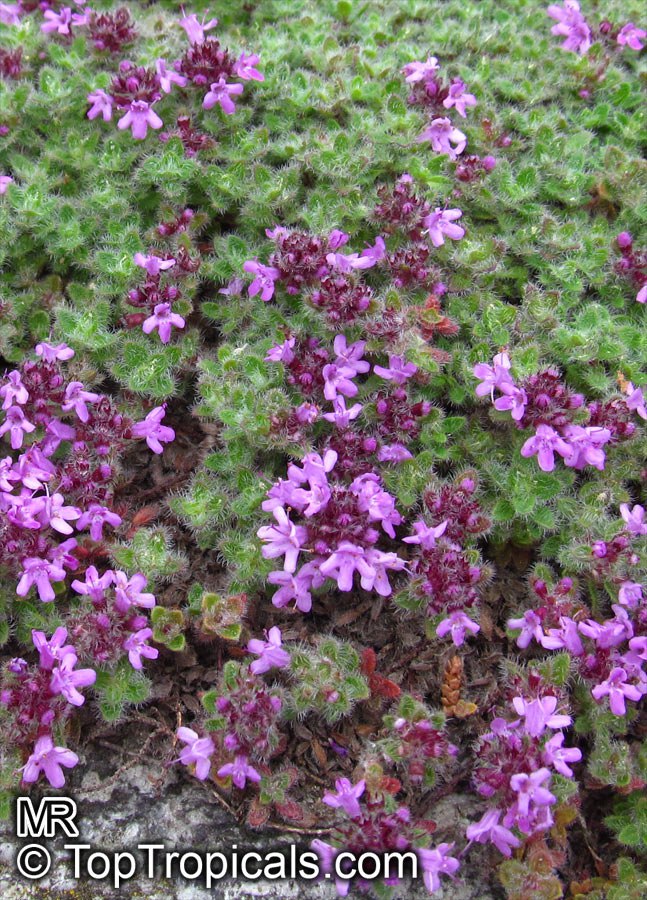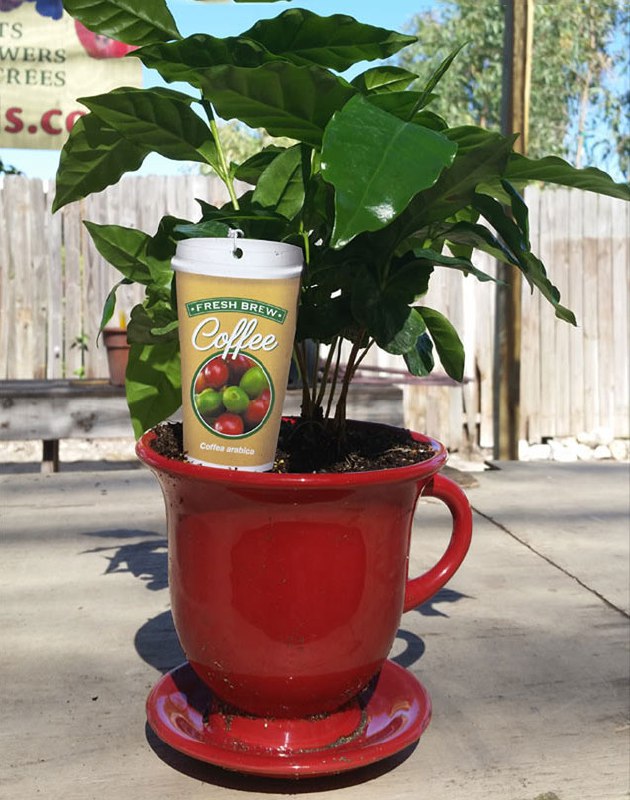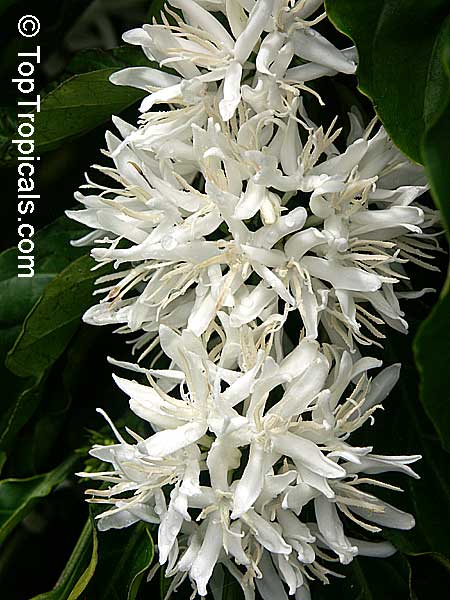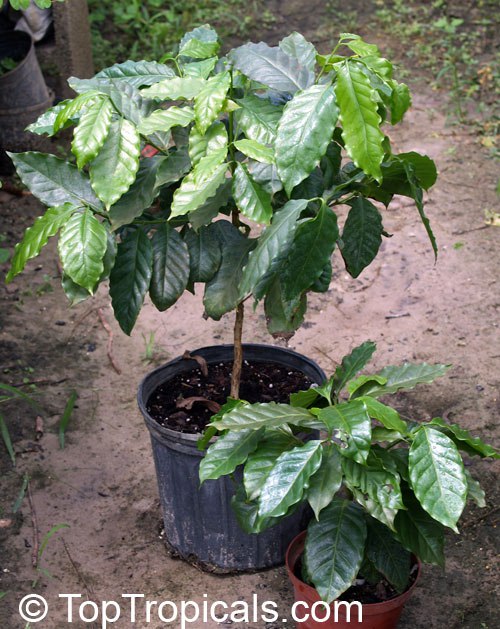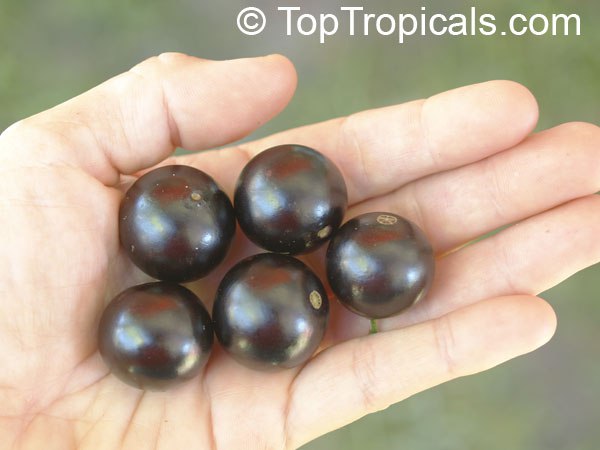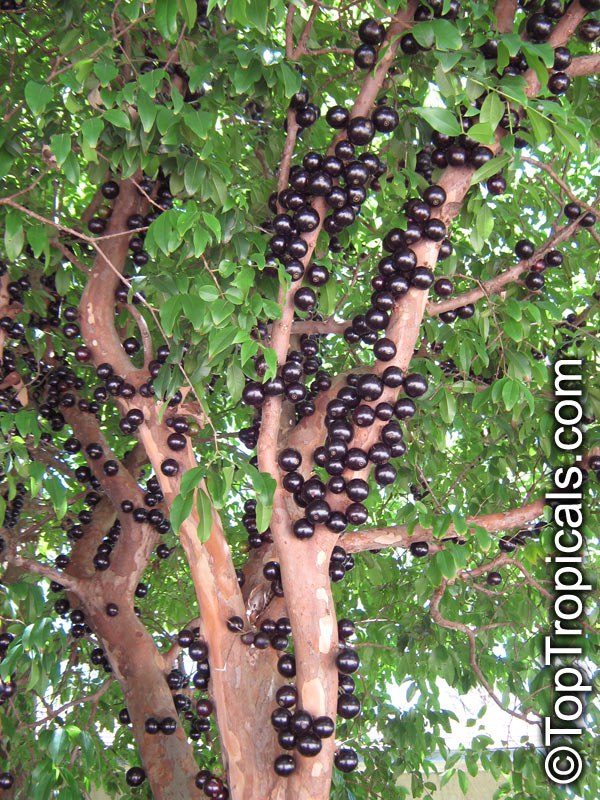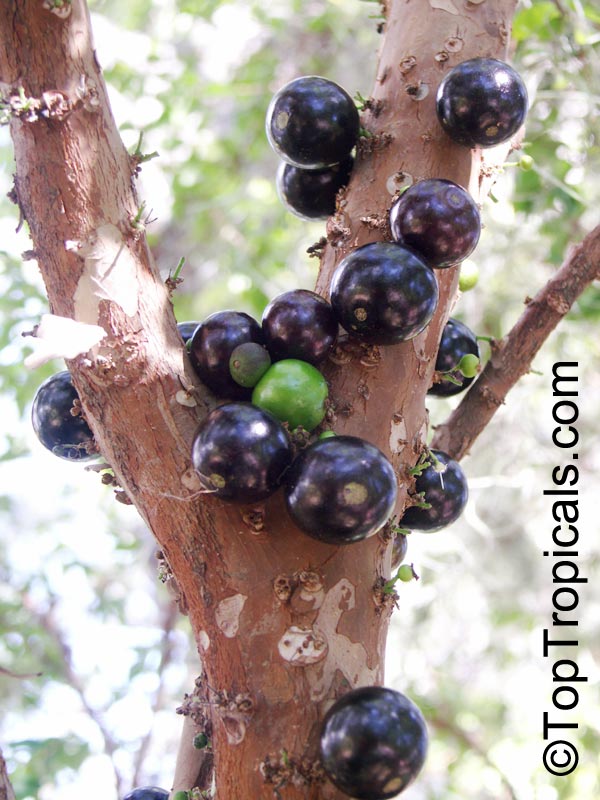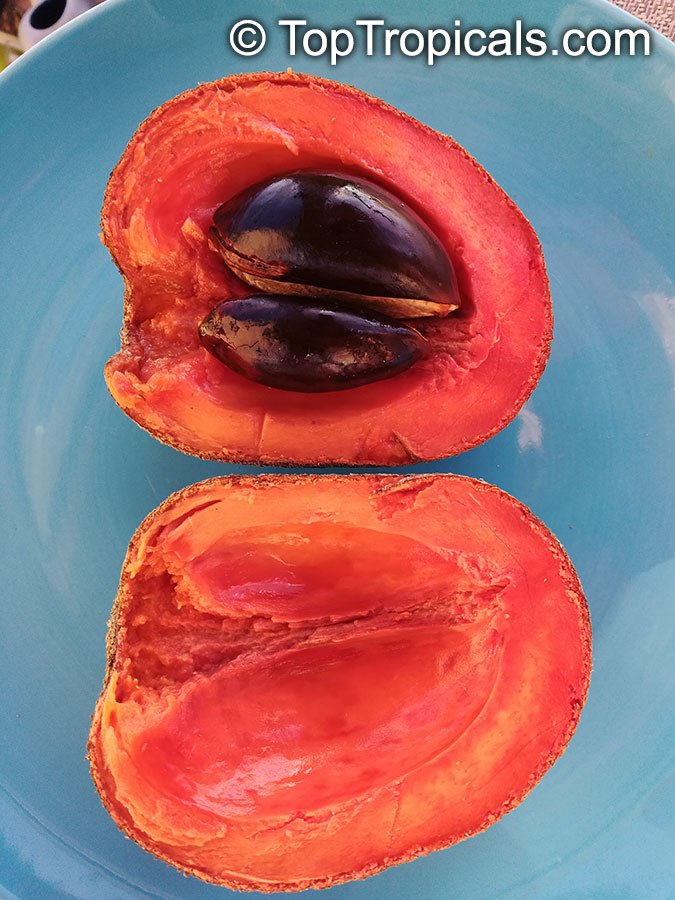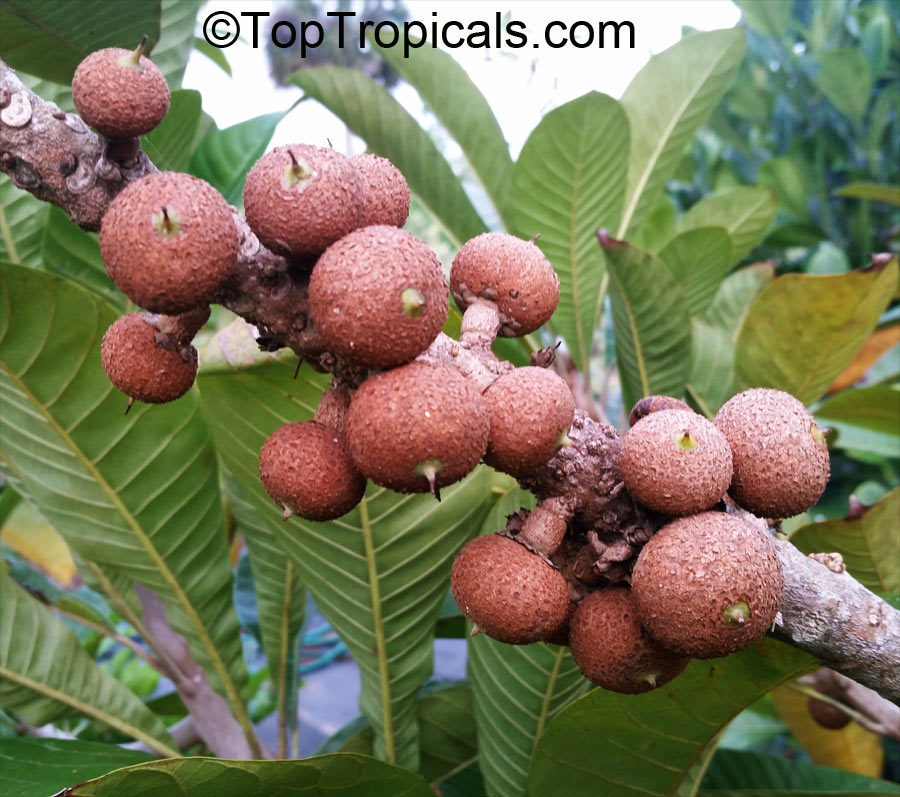Garden Blog - Top Tropicals
What does a dragon taste like? Does Dragon Fruit come from a monster cactus? Learn why you need to grow your own
🔴 You may have tried a Dragon fruit from the store l, but do you know how it grows? On a cactus tree!
🔴 Names: varieties of Hylocereus and Selenicereus - these fruit bearing cactus plants are also called Dragon Fruit or Pitaya.
🔴 Commercially grown fruit sold in a grocery store may be tasteless. You need to grow your own good variety to have tasty, sweet, flavorful fruit!
🔴 Dragon fruit comes in many varieties. Colors of flesh differ: white, pink, dark red and even purple. The outside of the fruit can be red/pink or yellow.
🔴 In commercial groves, Pitayas grow like cactus trees, over a strong support - big "umbrella frames" ☂️
🔴 It is an easy plant, with low water needs, takes both sun and semi-shade.
🔴 Our favorite variety is Yellow Dragon Fruit Palora, (Selenicereus megalanthus). It is the sweetest and has the most flavor of all. We shared some recipes earlier.
🔴 Can be grown in container with a wooden trellis. And the flower is beautiful, too!
📚 Learn more about Dragon Fruit
🍹 Recipe: What to do with a Dragon fruit?
🛒Grow your own Tasty Dragon Fruits
#Food_Forest #Recipes #Nature_Wonders #Dragon_Fruit
🏵 TopTropicals
What does a dragon taste like? Does Dragon Fruit come from a monster cactus? Learn why you need to grow your own
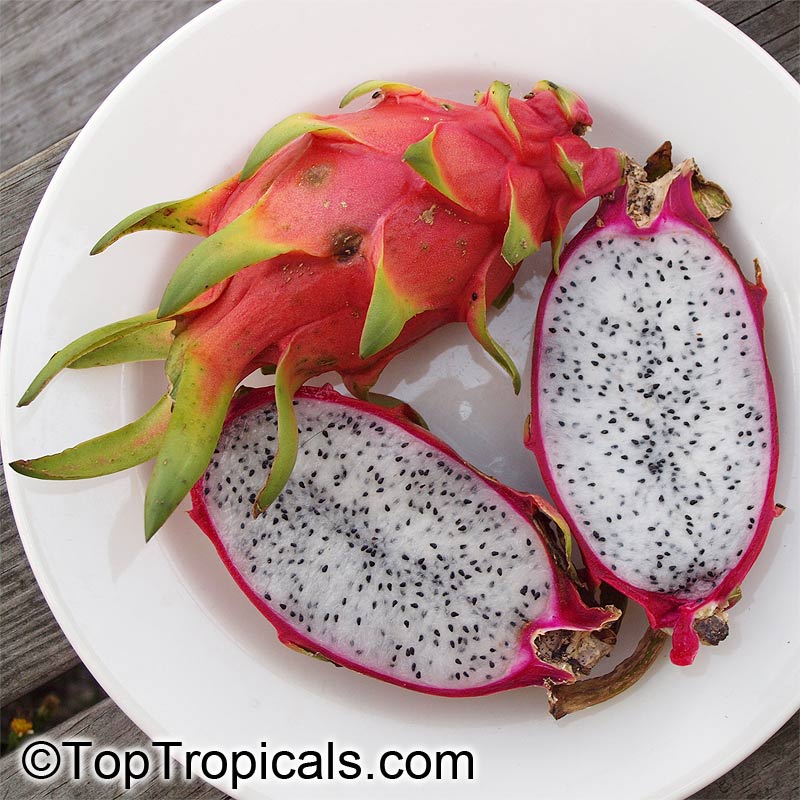
Hylocereus and Selenicereus Dragon Fruit or Pitaya
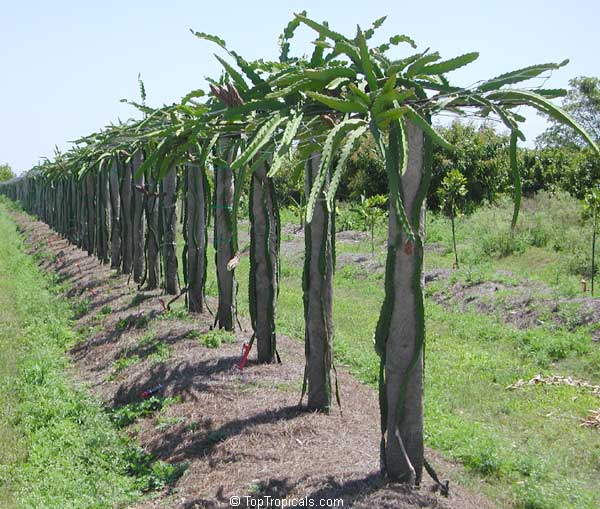
Hylocereus and Selenicereus Dragon Fruit or Pitaya trees on trellis
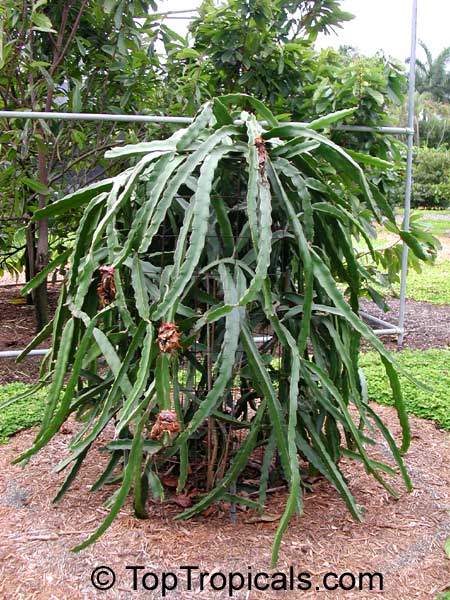
Hylocereus and Selenicereus Dragon Fruit or Pitaya on trellis

Hylocereus and Selenicereus Dragon Fruit or Pitaya red fruit
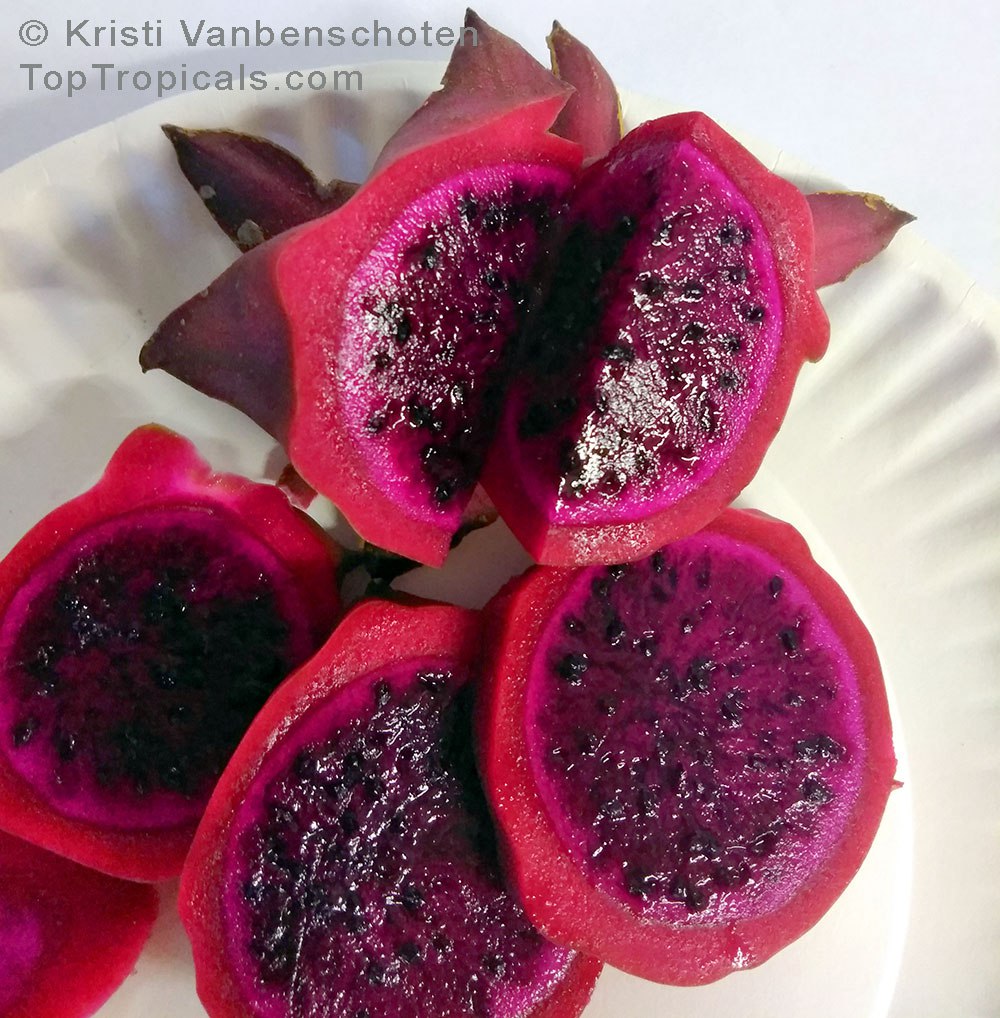
Hylocereus and Selenicereus Dragon Fruit or Pitaya purple fruit
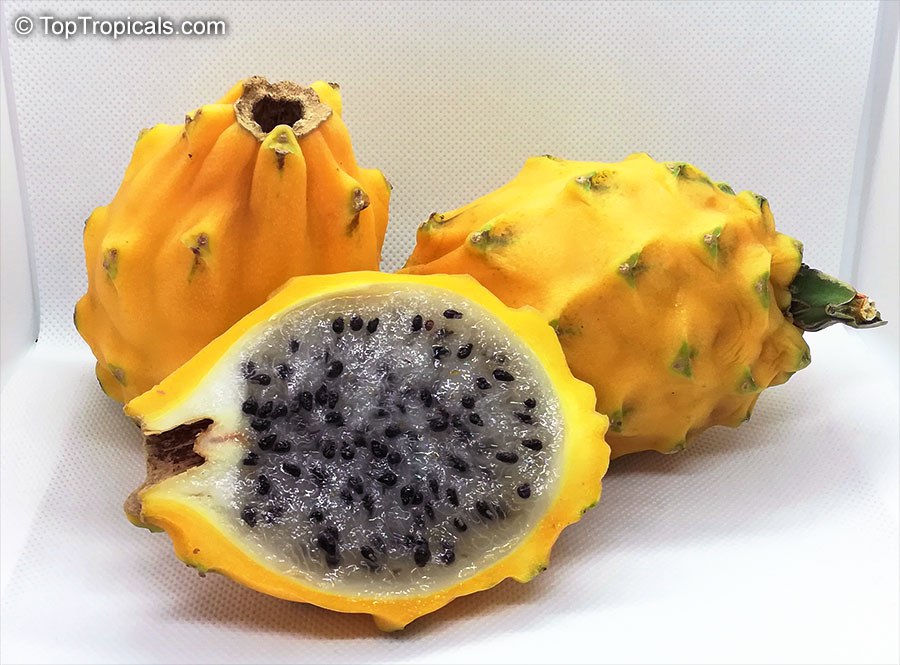
Hylocereus and Selenicereus Dragon Fruit or Pitaya Yellow Parlora
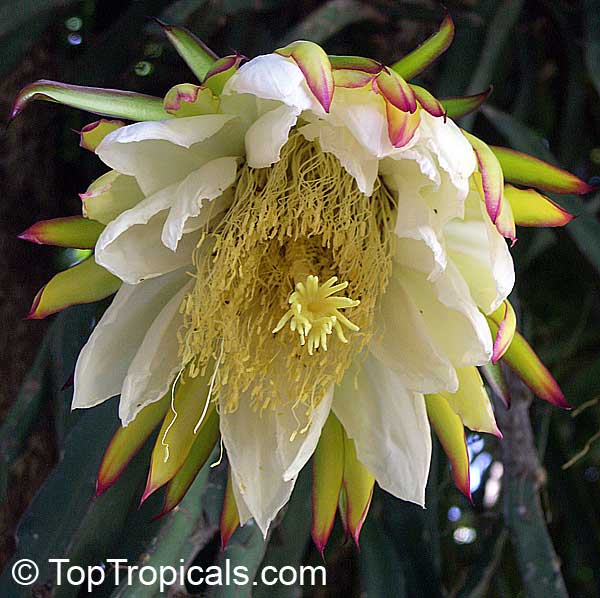
Hylocereus and Selenicereus Dragon Fruit or Pitaya flower
- 🔴 You may have tried a Dragon fruit from the store l, but do you know how it grows? On a cactus tree!
- 🔴 Names: varieties of Hylocereus and Selenicereus - these fruit bearing cactus plants are also called Dragon Fruit or Pitaya.
- 🔴 Commercially grown fruit sold in a grocery store may be tasteless. You need to grow your own good variety to have tasty, sweet, flavorful fruit!
- 🔴 Dragon fruit comes in many varieties. Colors of flesh differ: white, pink, dark red and even purple. The outside of the fruit can be red/pink or yellow.
- 🔴 In commercial groves, Pitayas grow like cactus trees, over a strong support - big "umbrella frames" ☂️
- 🔴 It is an easy plant, with low water needs, takes both sun and semi-shade.
- 🔴 Our favorite variety is Yellow Dragon Fruit Palora, (Selenicereus megalanthus). It is the sweetest and has the most flavor of all. We shared some recipes earlier.
- 🔴 Can be grown in container with a wooden trellis. And the flower is beautiful, too!
📚 Learn more about Dragon Fruit
🍹 Recipe: What to do with a Dragon fruit?
🛒Grow your own Tasty Dragon Fruits
#Food_Forest #Recipes #Nature_Wonders
🏵 TopTropicals
Why nuts? We are not nuts! But we taste like peanut butter
🔴 Bunchosia argentea, commonly known as the Peanut Butter Tree, earns its name from its fleshy fruits that boast a delightful peanut butter flavor - how cool is that?
🔴 This attractive small tree dazzles with clusters of yellow flowers, followed by an abundance of dark red fruit with rich, sweet flesh reminiscent of peanut butter.
🔴 Loved by both kids and adults, this exotic fruit is as fascinating as the Miracle fruit, making it a rare gem in cultivation.
🔴 Compact in size, small tree reaching only 10-15 ft or kept as a bush, it's a perfect choice for limited spaces.
🔴 Can thrive indoors, starting to fruit within just 2-3 years from seed.
🛒 Get your own Peanut Butter Tree
#Food_Forest #Nature_Wonders
🏵 TopTropicals
Why nuts? We are not nuts! But we taste like peanut butter
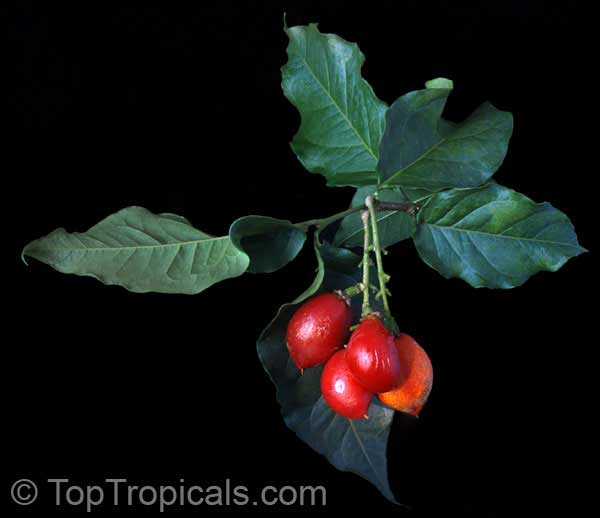
Bunchosia argentea, Peanut Butter Tree
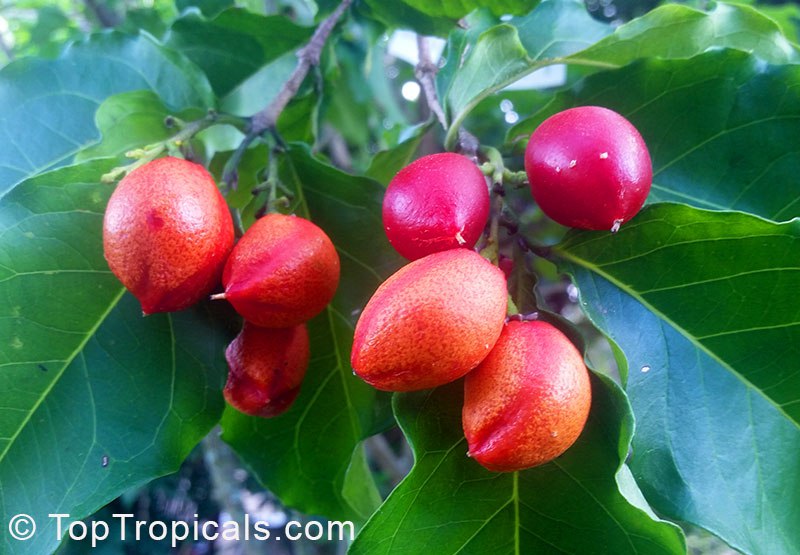
Bunchosia argentea, Peanut Butter Tree
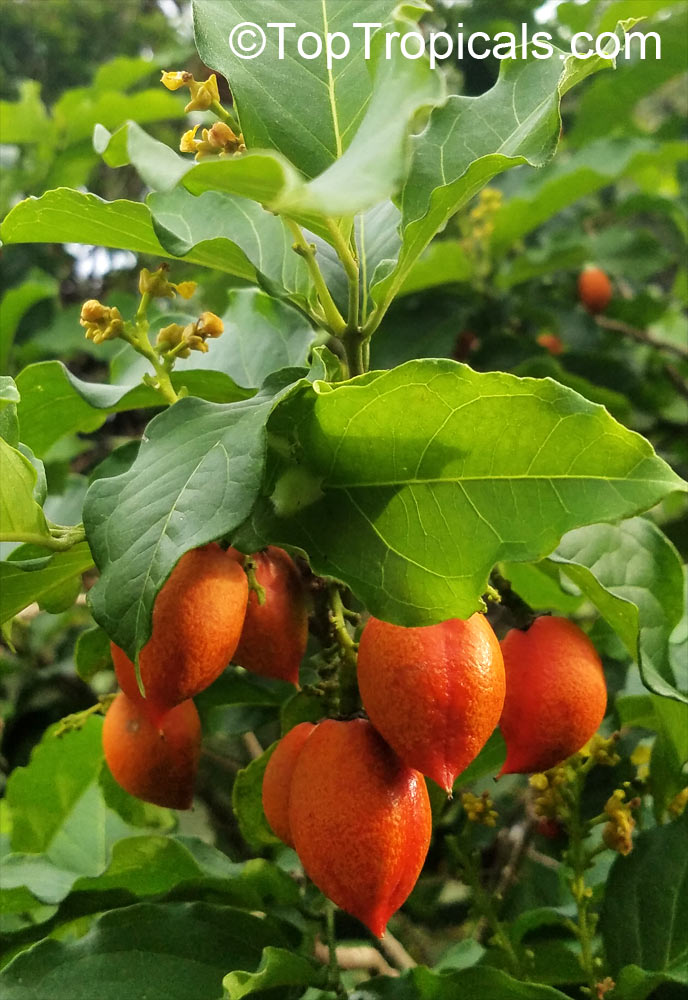
Bunchosia argentea, Peanut Butter Tree
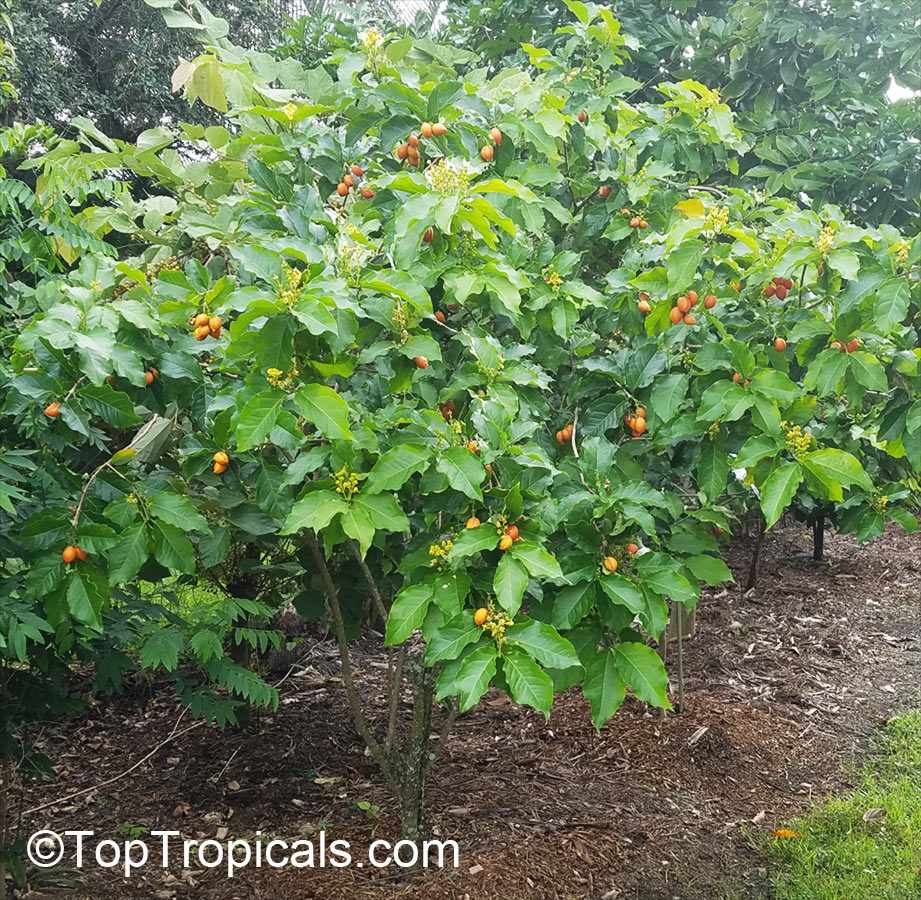
Bunchosia argentea, Peanut Butter Tree
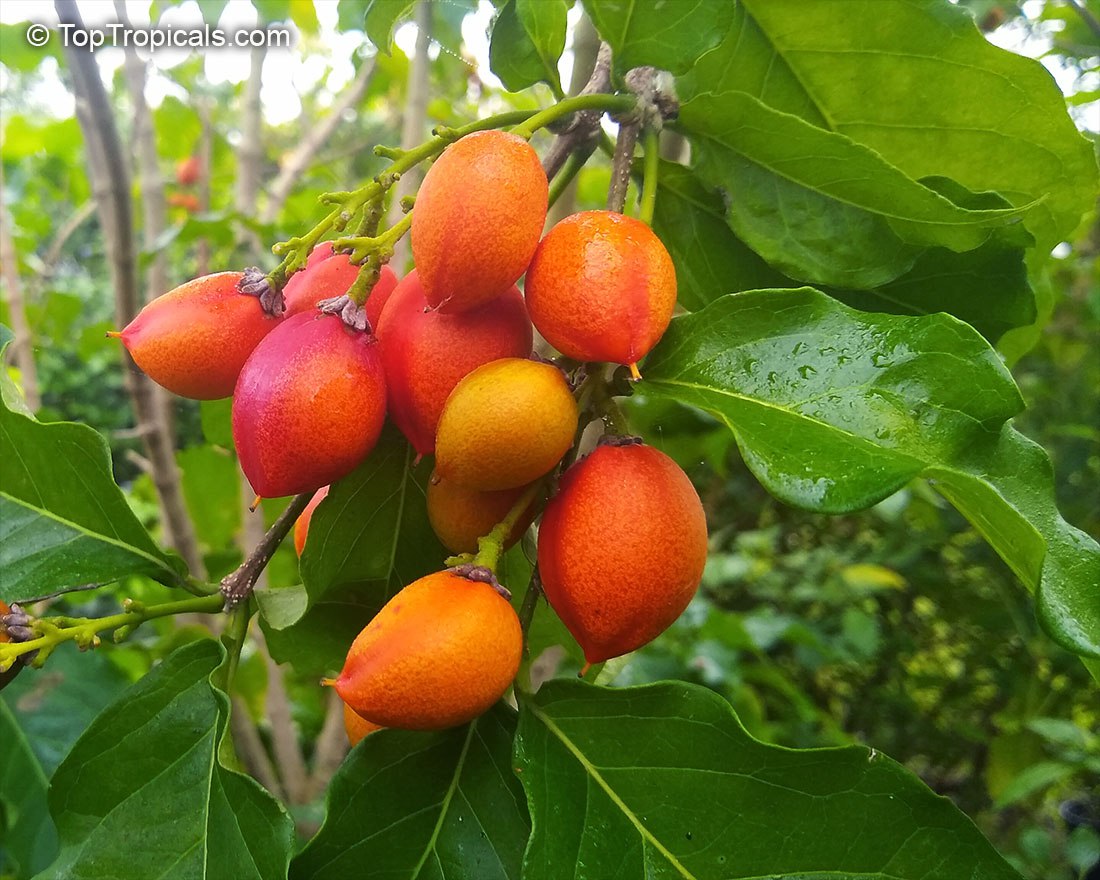
Bunchosia argentea, Peanut Butter Tree

Bunchosia argentea, Peanut Butter Tree
- 🔴 Bunchosia argentea, commonly known as the Peanut Butter Tree, earns its name from its fleshy fruits that boast a delightful peanut butter flavor - how cool is that?
- 🔴 This attractive small tree dazzles with clusters of yellow flowers, followed by an abundance of dark red fruit with rich, sweet flesh reminiscent of peanut butter.
- 🔴 Loved by both kids and adults, this exotic fruit is as fascinating as the Miracle fruit, making it a rare gem in cultivation.
- 🔴 Compact in size, small tree reaching only 10-15 ft or kept as a bush, it's a perfect choice for limited spaces.
- 🔴 Can thrive indoors, starting to fruit within just 2-3 years from seed.
🛒 Get your own Peanut Butter Tree
#Food_Forest #Nature_Wonders
🏵 TopTropicals
How Blue Jaboticaba is different from regular Jaboticaba?
Blue Jaboticaba tree, Myrciaria vexator
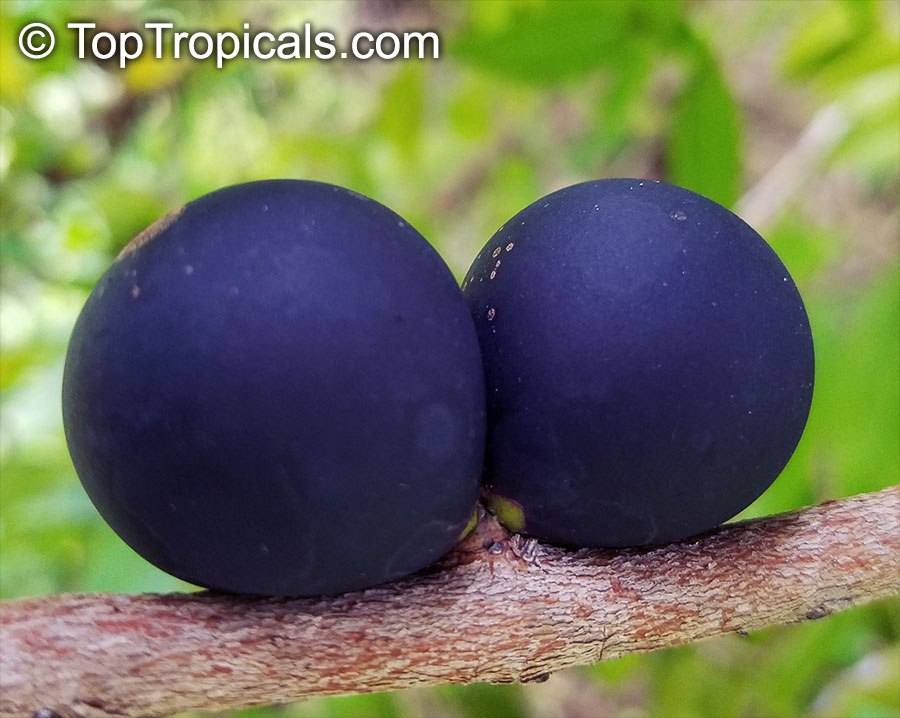
Blue Jaboticaba tree, Myrciaria vexator
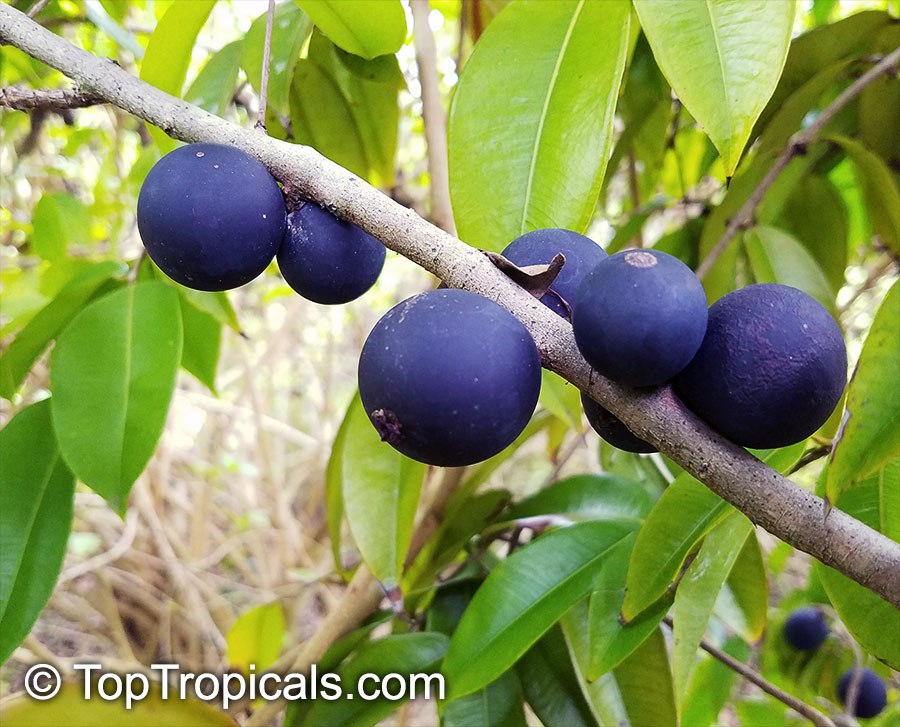
Blue Jaboticaba tree, Myrciaria vexator

Blue Jaboticaba tree, Myrciaria vexator

Blue Jaboticaba tree, Myrciaria vexator
In fact, they are very much alike! Just different species of Myrciaria that has somewhat smaller growth habit, which makes it an excellent container fruit tree! It also is much more productive.
- 🔵 Blue Jaboticaba tree, Myrciaria vexator is a beautiful slow growing tree or shrub. It bears dark purple, almost bluish fruits, with thin, sweet flesh that taste somewhat like sweet grapes.
- 🔵 Fruits are borne in late Spring or early Fall and usually eaten fresh or used in drinks.
- 🔵 The plant is little known in cultivation, yet the fruits are of equal or superior quality to regular Jaboticaba that we mentioned earlier. A single bush may produce several thousand fruits!
- 🔵 Blue Jaboticaba can tolerate light frost when established.
🛒 Order Blue Jaboticaba
#Food_Forest #Container_Garden
🏵 TopTropicals
